

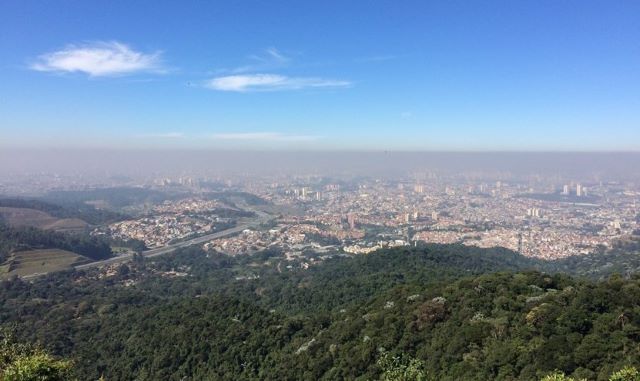
Brazilian researchers analyzed air pollution in metropolitan São Paulo in 2019-20 when mobility restrictions and social distancing applied in the southern hemisphere’s largest city. Even so, the daily average exceeded the World Health Organization’s air quality standard on 75 days.
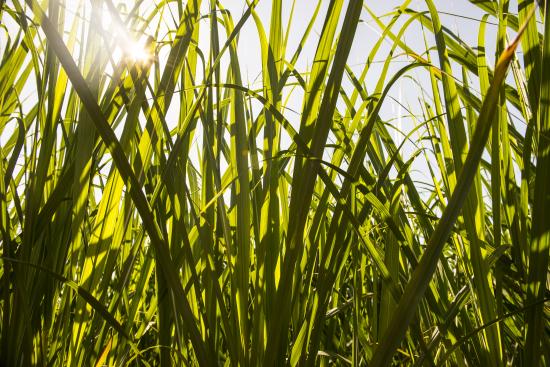
The Center for Carbon Research in Tropical Agriculture (CCARBON) is a Research, Innovation and Dissemination Center (RIDC) supported by FAPESP and hosted by the University of São Paulo’s Luiz de Queiroz College of Agriculture (ESALQ-USP). It was officially launched on November 17 and aims to make food, fiber and energy productivity part of the solution to the climate crisis.

A study conducted in Brazil analyzed marine sediments to investigate gas exchanges between the ocean and the atmosphere in the recent past. The researchers concluded that a rise in the temperature of the South Atlantic caused a release of CO2 trapped at the bottom of the Southern Ocean.
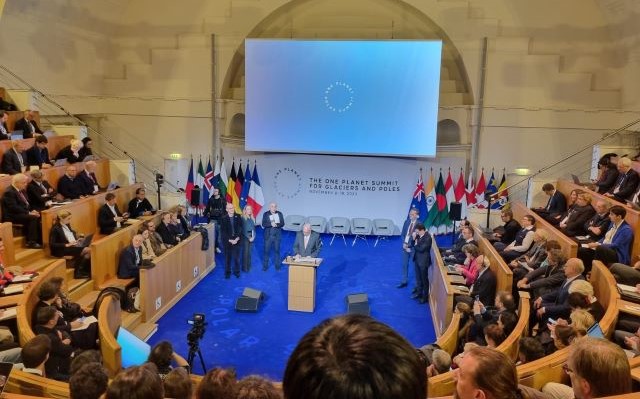
The One Planet Polar Summit was attended by people from over 40 countries, including researchers, experts, members of business enterprises and nonprofits, and representatives of Indigenous Peoples.
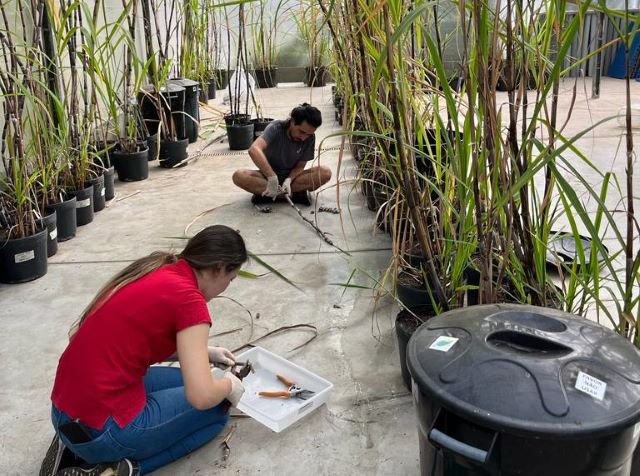
The study by researchers at the University of São Paulo also shows that genetic engineering techniques need to be improved in order to increase ethanol production without expanding crop acreage, a strategy considered crucial to the effort to cope with climate change.
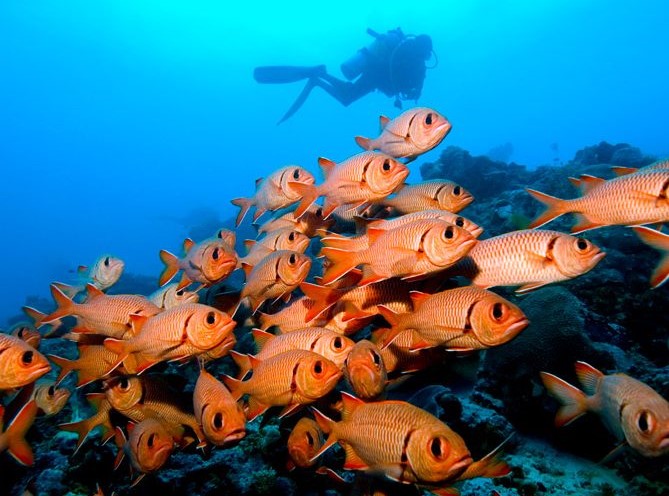
A group of organizations led by Woods Hole Oceanographic Institution (WHOI) and the University of California San Diego’s Scripps Institution of Oceanography have established an online platform to raise the visibility of the ocean and highlight its importance to climate negotiations and life on the planet.
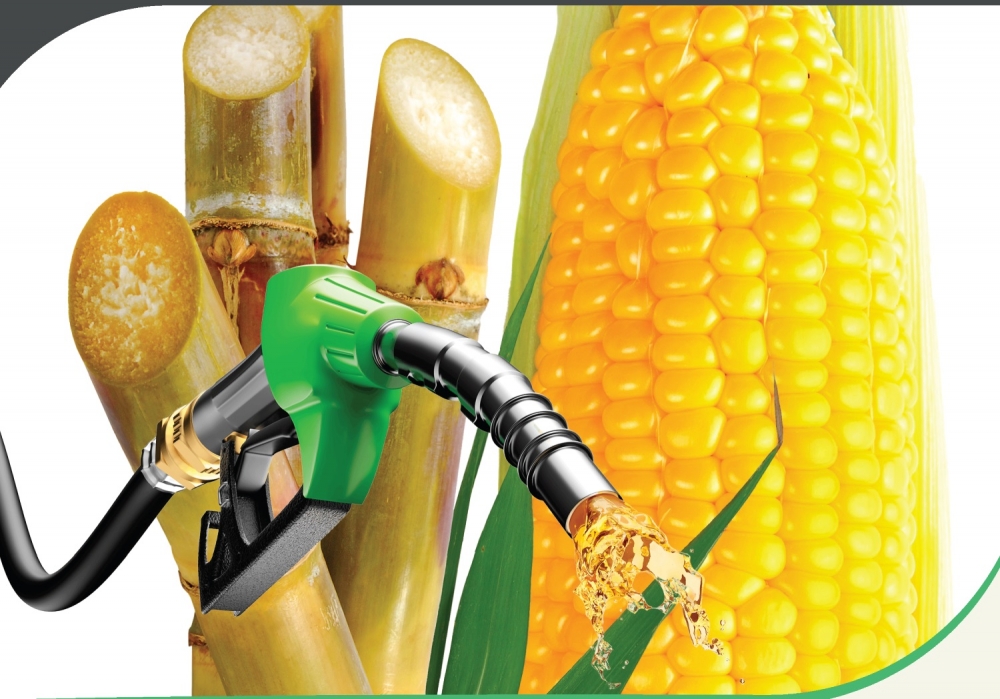
Written by two experts on biofuels, Luís Augusto Barbosa Cortez and Frank Rosillo-Calle, the book explores Brazil’s experience and how other countries can learn from it in the context of climate change.
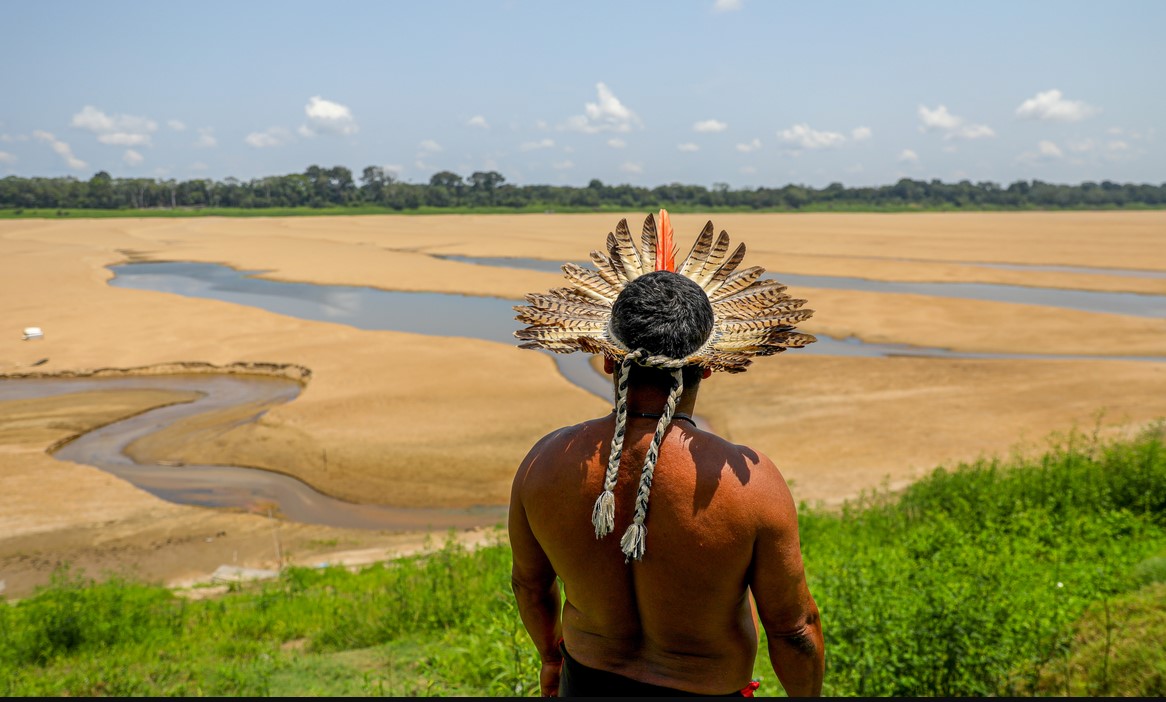
Brazil’s North region is experiencing the worst drought of the century, with severe social and economic impacts. The problem was discussed at an event hosted by FAPESP on October 17.

Plant species native to the Brazilian savanna-like biome grow thick bark to protect their internal tissues and hide organs that assure resprouting below the ground, according to an article in Flora by researchers at São Paulo State University.
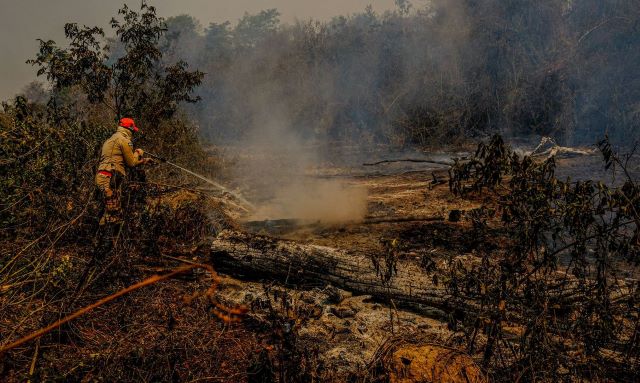
This is one of the findings of a study led by Brazilian scientists and reported in the science journal Fire. The researchers built a model based on images from the SENTINEL-2 satellite and were able to detect burned areas much more accurately.
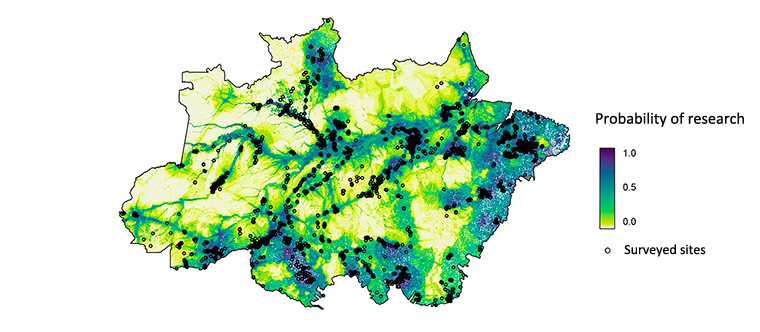
The findings evidenced high susceptibility to climate change by 2050 in 15%-18% of the areas with the most neglected biodiversity.
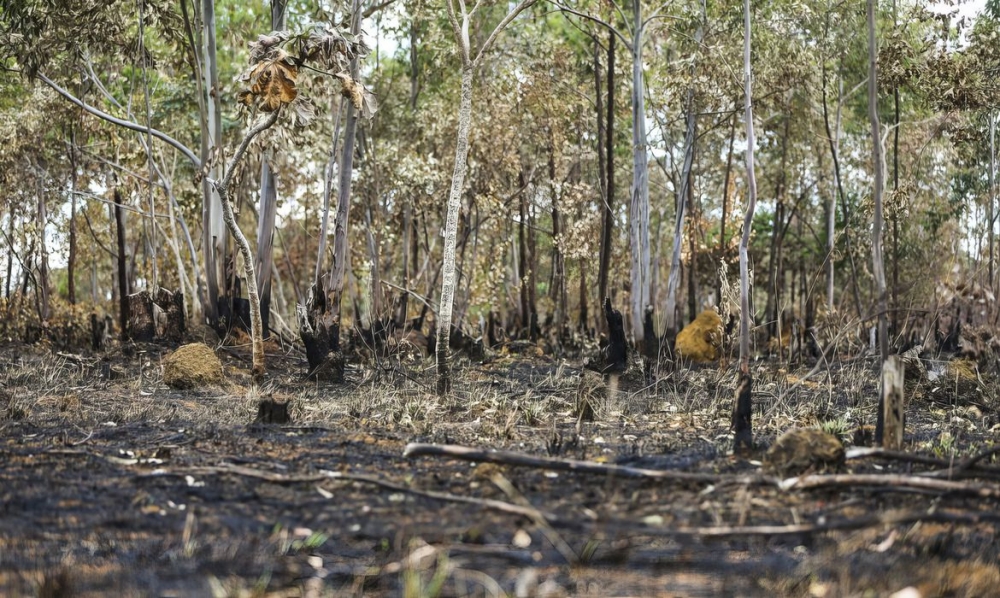
Record levels of destruction of native vegetation in the Brazilian savanna, the second-largest biome in South America, motivated the letter published in Nature Sustainability. The scientists who wrote it stress the need for specific measures to conserve the Cerrado’s rich biodiversity.
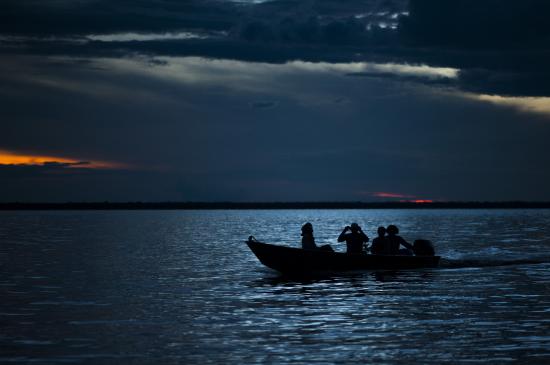
Subnational funding agencies and Brazil’s National Scientific Council will partner to allocate almost BRL 60 million to research projects that explore little-known areas of the world’s largest tropical forest.
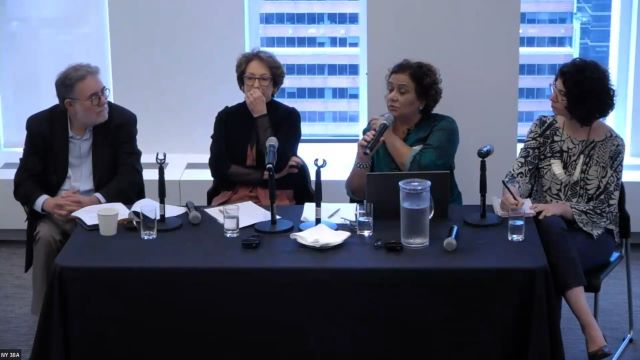
‘Amazon Day: Science for the Amazon’ was held on September 15, during the 78th United Nations General Assembly. Panelists discussed the role of science, technology and innovation in sustainable development for the region.
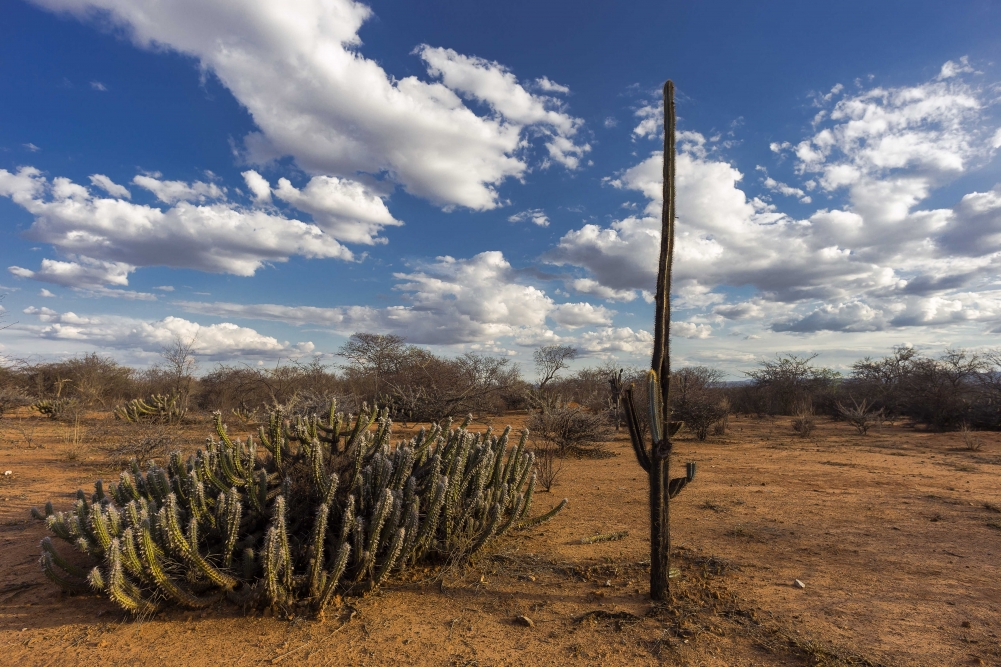
The main impacts for the Caatinga, as the semi-arid biome is known, will be replacement of trees by shrubs and grasses, and a decrease in the overall number of species. The projections are based on the IPCC’s latest report and a database created by Brazilian researchers.

Researchers at the University of São Paulo highlight the importance of monitoring these areas and advocate the use of technosols based on tailings and other waste to offset part of their emissions.
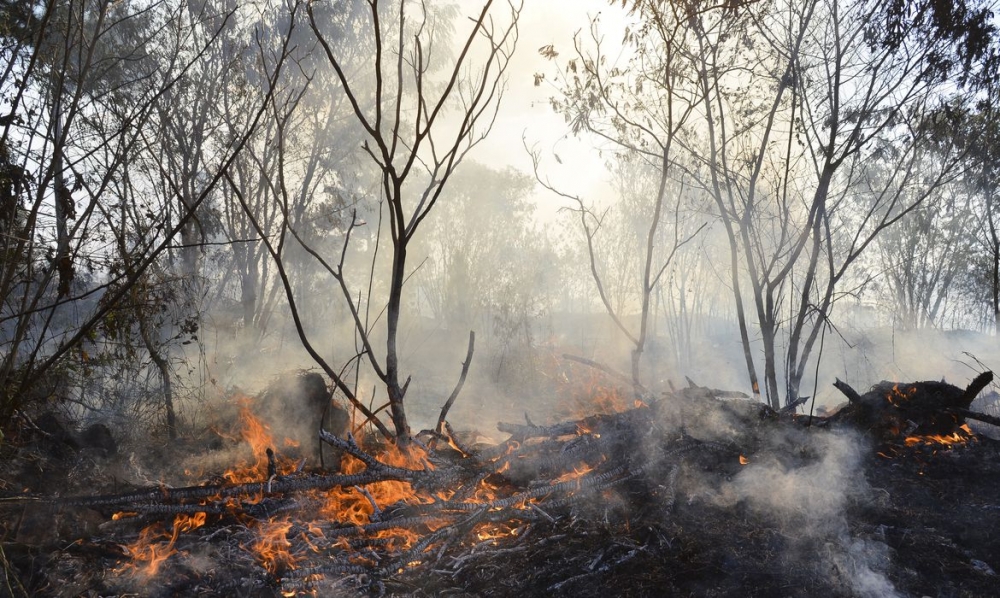
Available free of charge on the internet, the platform simulates fire propagation in the savanna biome three times a day and is in use in nine conservation units.
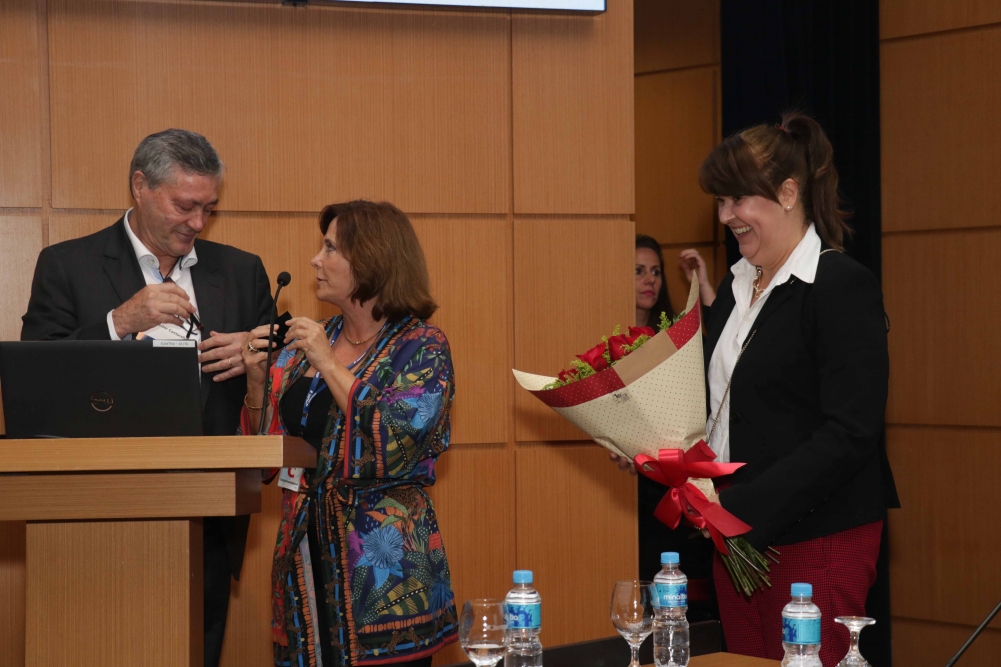
Heitor Cantarella was a member of BIOEN-FAPESP’s steering committee for 14 years. As a researcher at the São Paulo State Institute of Agronomy in Campinas, he has made groundbreaking contributions to efforts to reduce greenhouse gas emissions in agriculture.
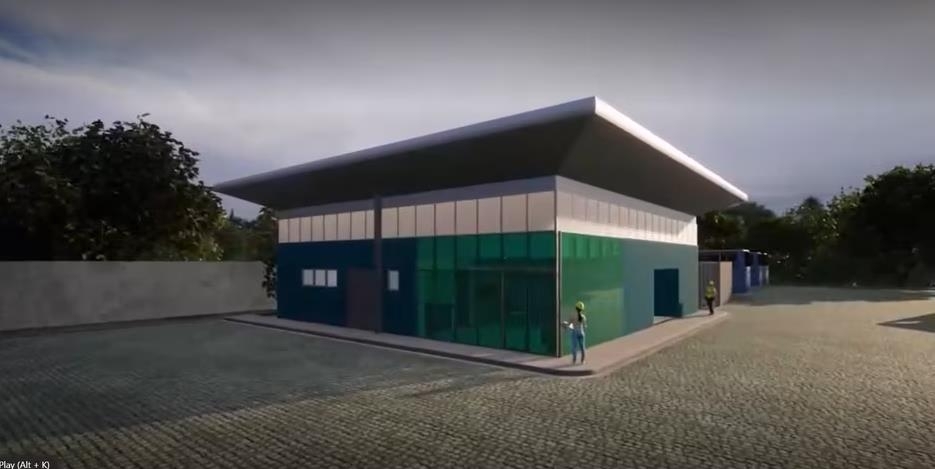
The project is the result of a partnership between FAPESP and Shell and could help make hydrogen a widely used fuel in Brazil. Hydrogen from a pilot plant to be built at USP using Raízen’s ethanol will power buses on the campus.

A model developed by a cross-border collaboration including Brazilian researchers could help decision-makers assess the real impact of green roofs on the urban food-water-energy nexus.
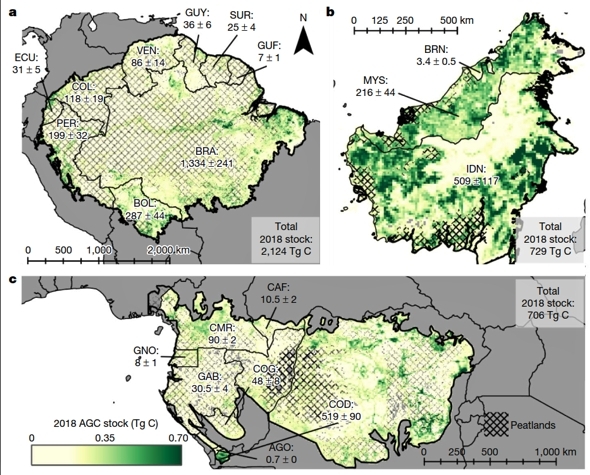
A study published in Nature and led by scientists at Brazil’s National Space Research Institute (INPE) and Bristol University in the UK describes a novel methodology for calculating the carbon absorption capacity of recovering areas in the Amazon, Congo and Borneo, which contain the world’s largest tropical rainforests. Together these areas remove at least 107 million metric tons from the atmosphere every year.
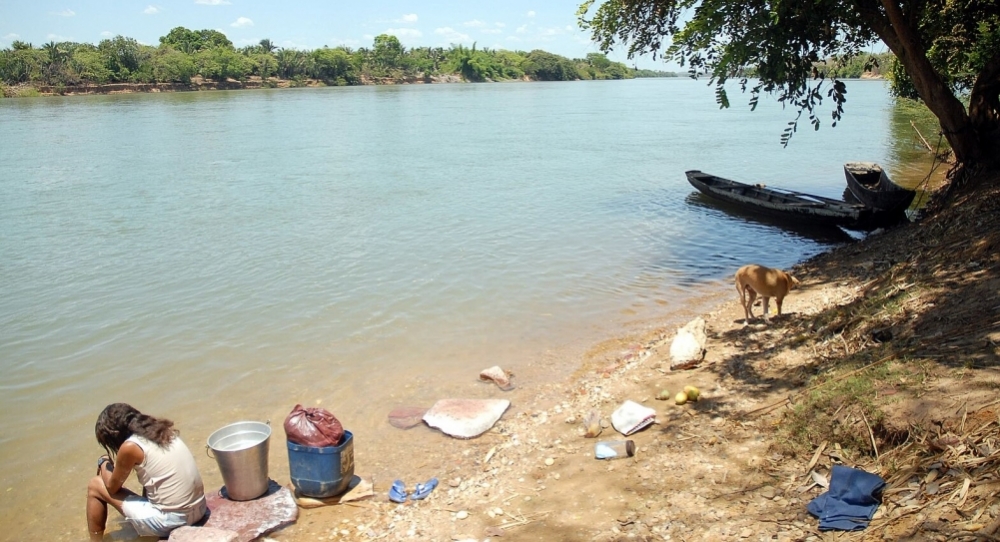
The innovative approach highlights vulnerability to deforestation, fire and drought, as well as poverty. The results can help formulate public policies for sustainable development.

A study combining genetic analysis and oceanographic simulations showed that a species of mangrove rarely disperses very far, so that North and South Brazil have two distinct populations. The results can help prioritize conservation units and understand global patterns in mangrove forest formation.

Brazilian scientists analyzed the typical soil composition resulting from native management with the aim of developing biotech applications for more effective restoration of degraded areas.
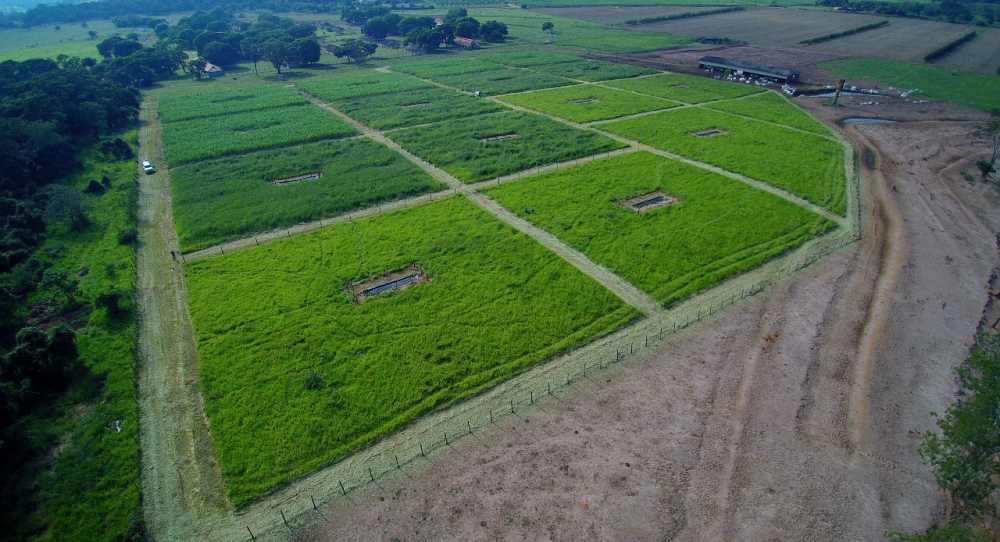
Research conducted in manipulated sugarcane plots showed that small water bodies such as ponds and puddles can contribute to sustainable farming even with environmentally hostile practices.